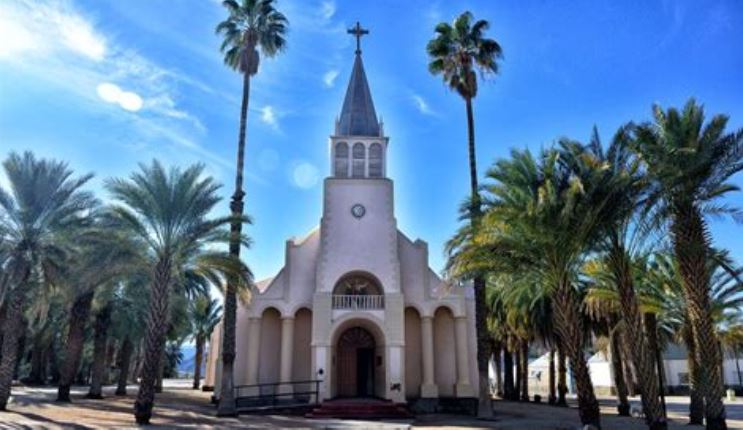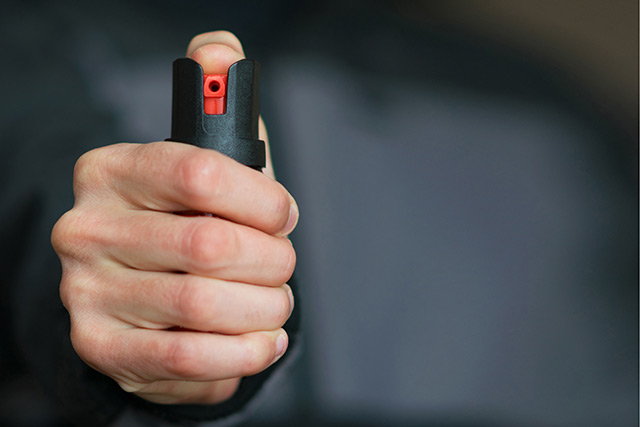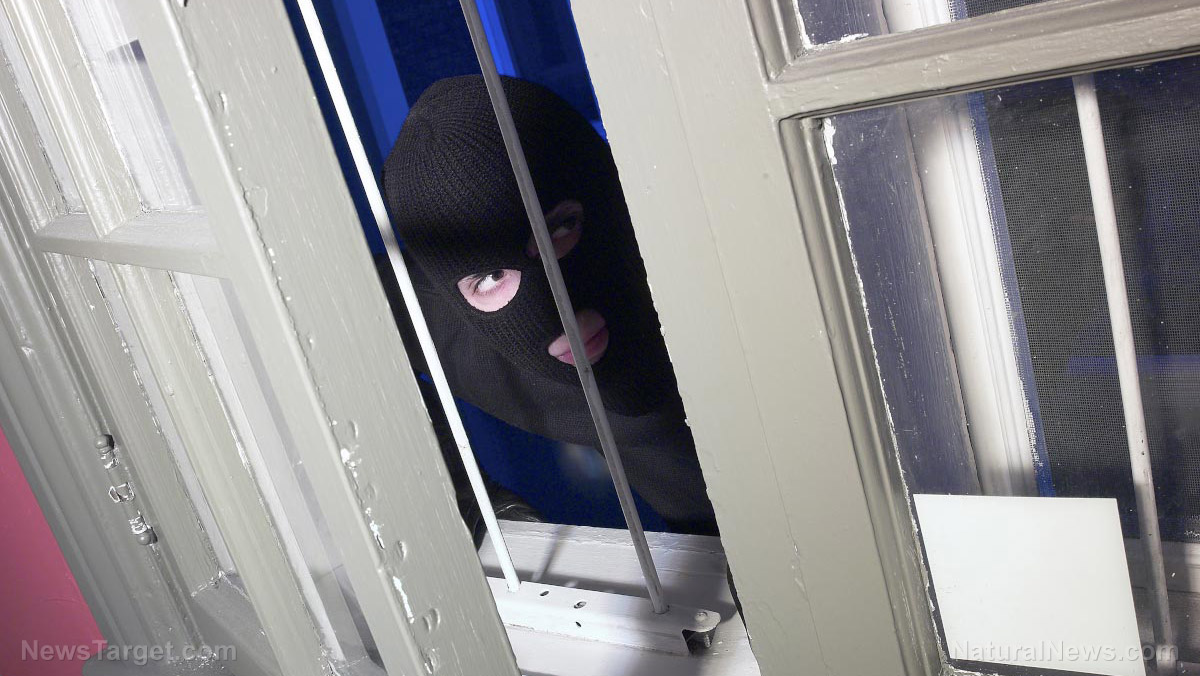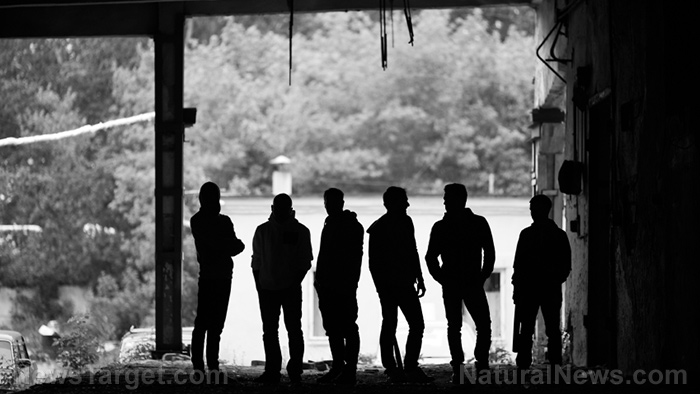Safety tips: How to address security concerns about your church or other places of worship
11/08/2019 / By Grace Olson

The doors of churches, mosques, and other places of worship are often kept open for anyone who wish to participate. However, the high number of attendees coupled with easy accessibility make them vulnerable targets for individuals with ill intentions.
Like other establishments, places of worship experience shootings, bombings, and other attacks. Moreover, most places of worship are yet to employ preventive measures, such as guards and security systems for such emergencies.
To ensure the security of your fellow attendees, it is best to address this issue immediately. (h/t to ApartmentPrepper.com)
1. Hold a meeting with the leaders
The first thing to do is talk with the leaders of your place of worship. Convey to them the importance of setting up preventive measures in case of an attack. They are most likely concerned about the security of the attendees as well and are open to suggestions. Talking with the leaders is the easiest way to disseminate information to the attendees on possible drills and plans in the future.
2. Employ a security system
Convince your place of worship for the need of a proper security system. This includes security guards, CCTV cameras, and other equipment that will keep watch on the area, inside and outside. Not only will this help prevent thefts and break-ins, it will also keep records of the event. These records become invaluable to the police for their investigation.
3. Set up a security volunteer system
Houses of worship rely on its staff and volunteers for their daily functions. Attendees are often encouraged to volunteer, but setting up an official volunteer system can increase security detail. Make sure to screen each volunteer. As much as you would like to think the best of everyone, you must make sure that a potential perpetrator is not among you.
4. Locate entrances and exits
First, familiarize yourself with all the entrances and exits in the building. Check which ones are used the most and the least. Set up security guards in both. A perpetrator can enter through either one: He can blend in with the crowd through the door with the highest traffic; a door with low traffic decreases the chances of being seen. (Related: Stay safe at home this summer, when most home invasions and break-ins occur.)
Afterward, mark emergency exits. Put up signs and directions that will guide the attendees out of the building. If your house of worship only uses one door as the entrance and exit, talk with your leaders about opening another door. Having more than one exit increases the chances of escape.
5. Hold evacuation drills
Evacuation drills will help the attendees simulate the scenarios in their minds. By holding these drills, attendees have a better idea of what they should and should not do.
Make sure to include the children in these drills. Children are more likely to get separated or get lost in a crowd in case of a stampede. It is imperative that parents and teachers inform them on what to do in case of an attack.
6. Keep updated on the news
Keep up with the news to point out any possible threats. Inform your fellow attendees and leaders if something happens. If a bombing happened somewhere nearby, you can suggest to your leaders to hold the service somewhere else. Decrease the risk of casualty by holding small group meetings at home instead.
7. Pay attention to your surroundings
Even though you would like to keep your full attention on prayer and worship, keep one eye open for any suspicious-looking individuals. Before pointing any fingers, make sure that the individual is a threat, not an ordinary newcomer.
8. Pray
Above everything else, do not forget to pray. Pray for the safety and protection of your place of worship, its staff, and its attendees. Despite all the preventive measures you and your leaders have taken, there are still some things you cannot account for.
These steps will help keep your place of worship prepared and worry-free. Learn more about preventive measures in case of an attack at Preparedness.news.
Sources include:
Tagged Under: church, community, how-to, mosque, preparedness, prepping, religion, Safety Tips, security system, SHTF, survival, worship
RECENT NEWS & ARTICLES
COPYRIGHT © 2018 SELFDEFENSE.NEWS
All content posted on this site is protected under Free Speech. SelfDefense.news is not responsible for content written by contributing authors. The information on this site is provided for educational and entertainment purposes only. It is not intended as a substitute for professional advice of any kind. SelfDefense.news assumes no responsibility for the use or misuse of this material. All trademarks, registered trademarks and service marks mentioned on this site are the property of their respective owners.




















